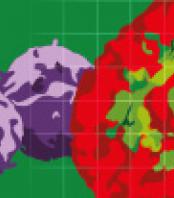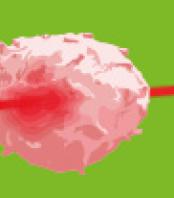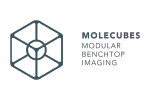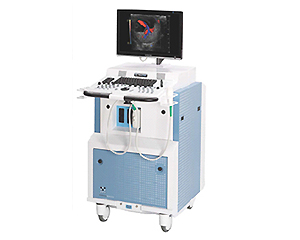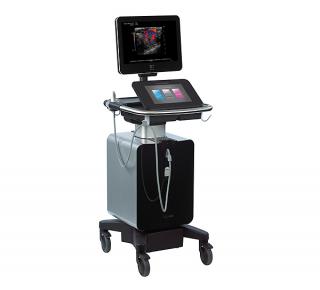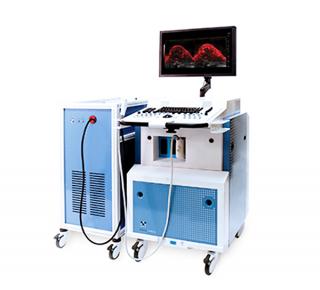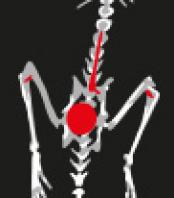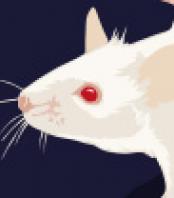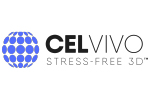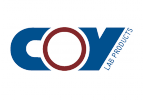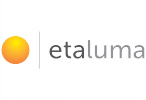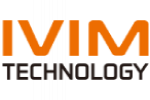Muscle atrophy is a widespread ill condition occurring during inactivity, aging, and various diseases, including neuromuscular disorders, cancer, bacterial and viral infections, chronic lung and kidney diseases, diabetes, and drug side effects. The loss of muscle mass and function can reduce quality of life and increase morbidity and mortality. While exercise is today the only recognized counteracting measure to slow atrophy, a number of studies in the last decade have shed light on the underlying molecular mechanisms, paving the way for drug development. This later will require preclinical models and associated powerful techniques to evaluate trial outcomes. To date the measure of muscle atrophy in animal disease models usually requires animal sacrifice in order to weigh excised muscles and perform histological and biochemical studies. This approach is invasive and expensive involving the use of a large number of animals to obtain significant results. Therefore realizing a new, non invasive method allowing longitudinal in vivo evaluation of muscle atrophy would become an invaluable tool.
The ultrasonography is a non invasive diagnostic imaging technique based on the application of ultrasounds, which is widely used for various medical applications, including the quantification of structural and functional changes in skeletal muscles. In the recent years, the technique has been adapted to the preclinical setting, owing to the development of equipment able to work at high frequencies, from 40 to 100 MHz, and therefore suitable for high-resolution ultrasound evaluations on small animals such as rodents. While ultrasonography has been mostly used for tumor and cardiac investigations, there are currently only a few reports relative to its use for the evaluation of skeletal muscle structural and functional parameters in rodents. The aim of this study was to develop a non-invasive method to evaluate in vivo the volume variation of hindlimb muscle of rats, as a measure of skeletal muscle atrophy, using ultrasonography. To achieve this goal, there was performed a longitudinal ultrasonographic study of rat soleus (Sol) and gastrocnemius lateralis (Gas) muscle volume variation during a 14-days hindlimb-unloading (HU) period, which is a widely acknowledged model of disuse-induced muscle atrophy.
Read more
